
Each year, disasters around the world kill nearly 100,000 and affect or displace 200 million people. Many of the places where these disasters occur are literally 'missing' from open and accessible maps and first responders lack the information to make valuable decisions regarding relief efforts. Missing Maps is an open, collaborative project in which you can help to map areas where humanitarian organisations are trying to meet the needs of people who live at risk of disasters and crises.
How we work





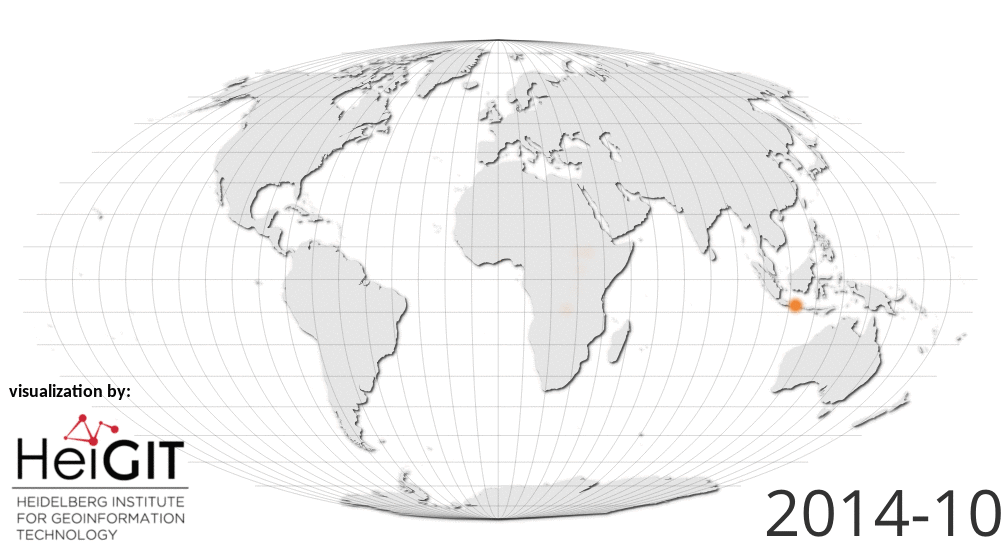
Missing Maps is made possible thanks to the following organizations.






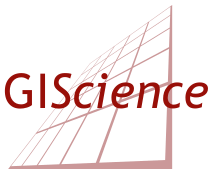






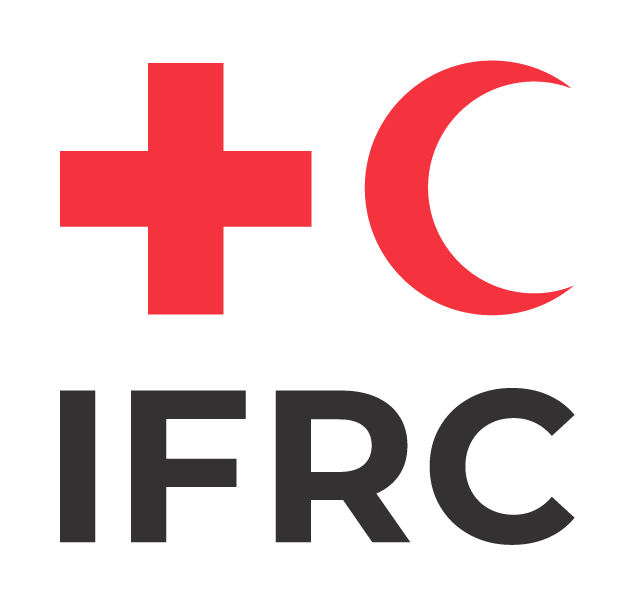

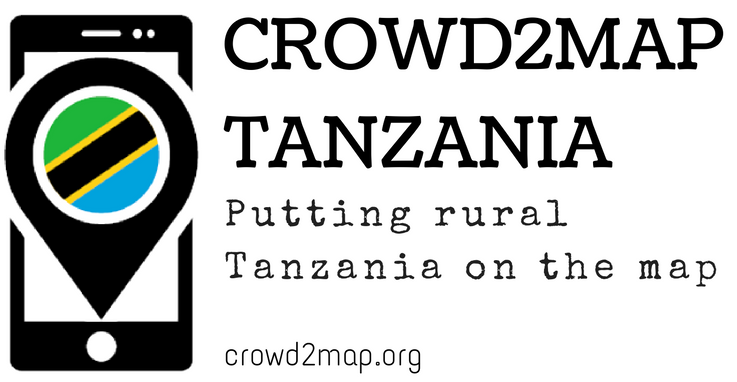

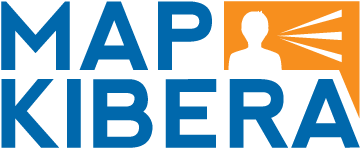
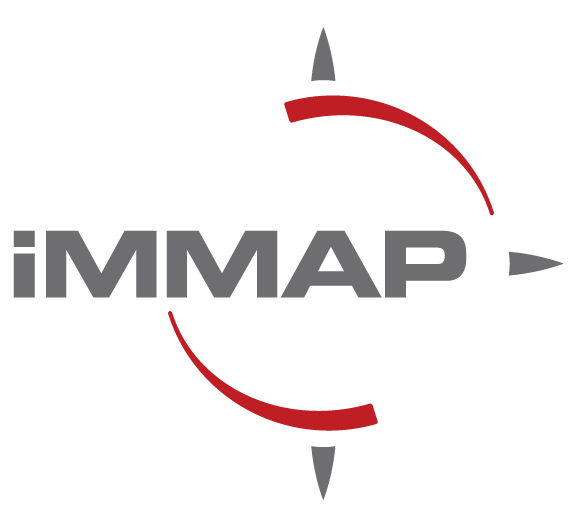

OpenStreetMap is the volunteer-driven open data mapping platform which makes all of this possible, supported by the not-for-profit OpenStreetMap Foundation.